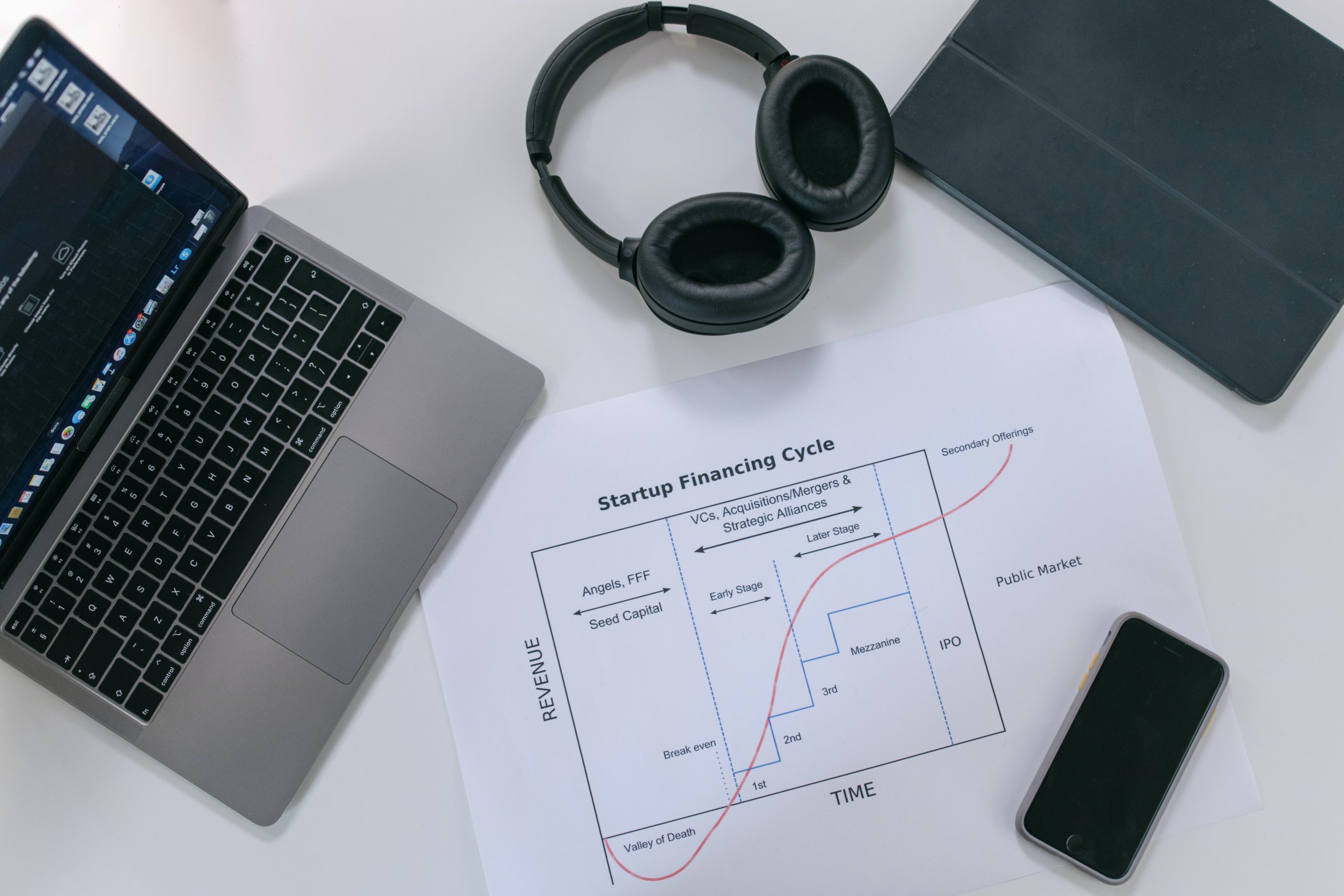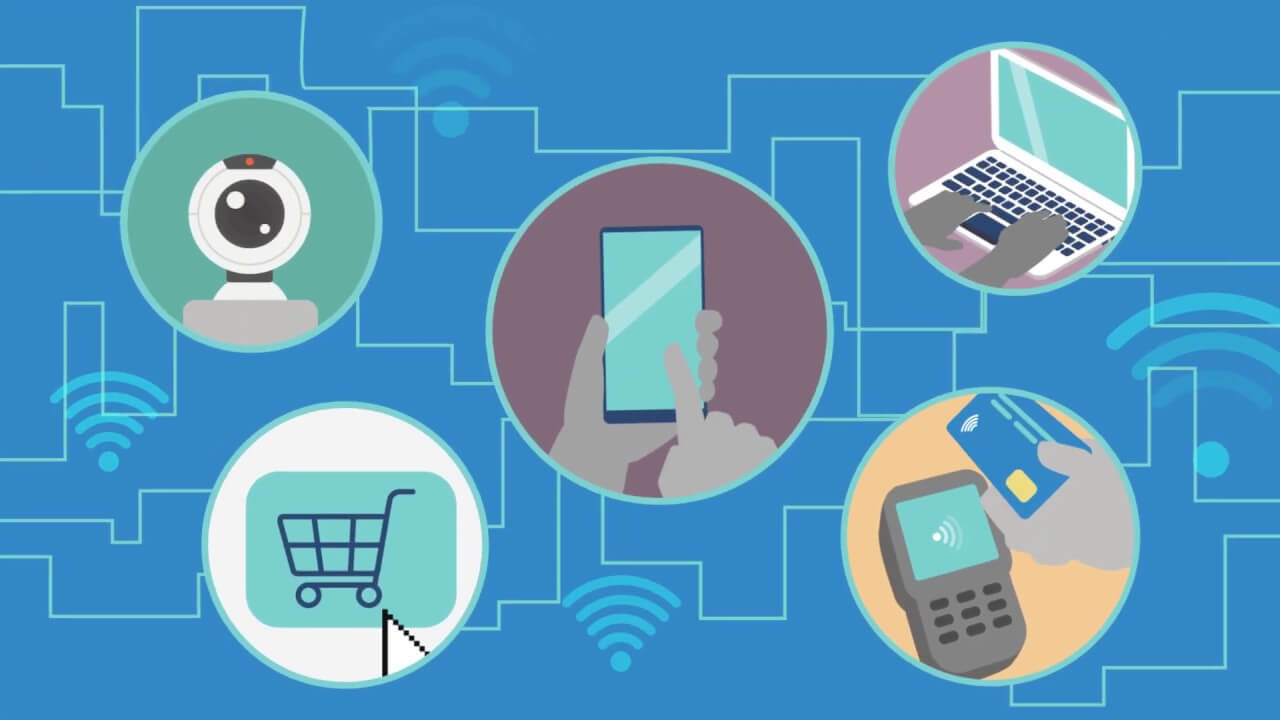
Industrial IoT (IIoT) is gaining traction quickly as the world has had to rapidly adapt to COVID-19 and all of the challenges that come along with it: reduced consumer spending, stagnating economies, and higher logistical and shipping demands. Global consumer habits may have changed for good, and these new realities necessitate a bigger push to roll out IIoT across industrial and manufacturing companies. According to research by London-based PwC, 91% of industrial companies are investing in digital factory transformations with ROI plans and outlined goals for the next 5 years.
It’s crucial now, more than ever, to implement IIoT tools for short- and long-term business health and longevity. Getting started with IIoT now is better than later and many competitors have taken the lead by investing time and effort into upgrading their technology. If you’re on the cusp of implementing IIoT technology, we’ve outlined how to address 5 of the biggest challenges when adopting IIoT. With these tips, you may be able to catch up to your competitors in no time.
#1: Outdated Data Systems
It would be ideal to find an IIoT tool that seamlessly integrates into existing data systems to save money and effort. But the reality of the situation is that most advanced manufacturers use a variety of data systems like Excel, MES systems, ERP systems, and more, to manage their data and data analysis workflows. Of course, adding IIoT into the mix can complicate the current operational processes by creating gaps between systems and requiring constant coordination of tools in the system.
But it turns out that companies don’t need to replace all of their data systems and infrastructure to implement IIoT. Many manufacturers have layered new technology on top of existing systems to enable them to continue working, effectively simplifying IIoT implementation. Often, there is no need to worry about the details of the integration as IIoT tools have become more flexible, adjustable, and innovative than ever before. They also add extra value by including intelligence, automation, and sensors on top of the existing data systems.
With added layers of technology, companies can consolidate all legacy layers, data, and functionality into a single framework. They can also add AI into their IIoT systems, allowing the implementation of state-of-the-art tools like recommendations, alerts, and predictions. Additionally, new technology layers empower companies to automate previously manual processes.
#2: The Reality of ROI of IIoT
Estimating ROI for IIoT solutions implementation can be tricky and unpredictable, which can easily shake out companies who don’t have the credit or budget for new technology. Although it would be best to know the costs and ROI of the technology, it can depend heavily on the business’s unique needs, IIoT’s future developments, and the emergence of new technologies like 5G and AI.

Calculating ROI depends on translating terms like automation and AI into numerical values like productivity and efficiency. IIoT firms are still in the process of shifting from proof of concept to proof of value, and companies should also take the lead in creating ROI estimates.
#3: Picking the Biggest Areas for Change
For large and advanced manufacturers, there is a multitude of areas and ideas for change within the company, business operations, and workflows. But in order to control the efficacy of new solutions, companies should prioritize changes by asking the following questions: What should executives be appointed for the project? What budget should be allocated? Should new solutions replace existing systems or be added on top of them? How should we measure success? And which areas should we focus on first: material management and savings, tool and inventory management, quality control and process optimization, or something else entirely?
Although it sounds like a lot of questions, the answers to these heavy-hitting queries will elucidate and uncover a lot of important information about the company’s priorities, teams to manage the changes, technology infrastructure needed, and more. Without these questions, the possibilities are endless and overwhelming. But we have to start somewhere.
Begin with the questions above and take down every single answer from your team, even if they are similar or unrealistic. Then define the main business problem you want to solve. Take your time during this initial exploration stage, and don’t be afraid to change your mind halfway through if you believe more strongly in something else. After that, seek out the best technology vendors to guide you through a successful IIoT implementation.
#4: Effectively Using Data
IoT development and IIoT technology generate more data by nature, allowing companies to optimize their processes like never before. But the amount of data can be much more than expected, so much so that companies become paralyzed when considering how exactly to start using all of the data. It’s imperative to identify which parts of your company can be improved with data analysis, and pursue the data generation while looking for a suitable IIoT systems vendor.
Whether it’s reducing errors, improving maintenance of machinery, optimizing worker schedules, or syncing with inventory to know when to slow down manufacturing processes, it’s important to take stock of the available data and predefine what you want to measure next.
#5: Knowing When to Stop
Like we mentioned above, when the possibilities for your IIoT system are endless, they are also extremely handicapping and overwhelming. Limitless possibilities also exist when choosing which vendor to collaborate with, which experts to consult with, and how to find the best use for the new IIoT system. It’s important to take recommendations from colleagues and competitors, but remember that your business is unique and may require a different team to be assembled. Know what you’re looking for first, and when you find it, make sure you completely stop looking.
Evolving Your Plan Over Time
Manufacturers have reached a significant inflection point for business, and how they successfully implement IIoT technology may be the difference between staying afloat or filing for bankruptcy in the next 5 years. Although the above 5 challenges don’t cover every single challenge that comes with implementing IIoT, it should start turning gears and generating ideas across the company. IIoT technology will continue to grow and evolve, and companies must have a plan for how to evolve with it.






